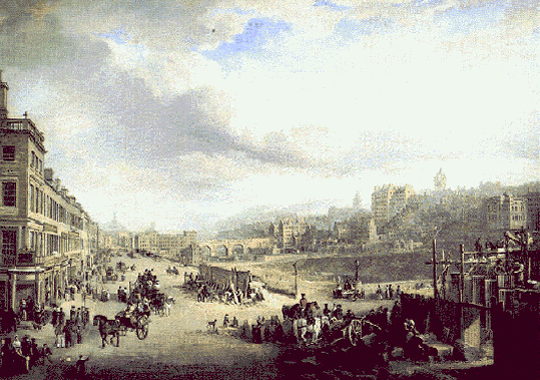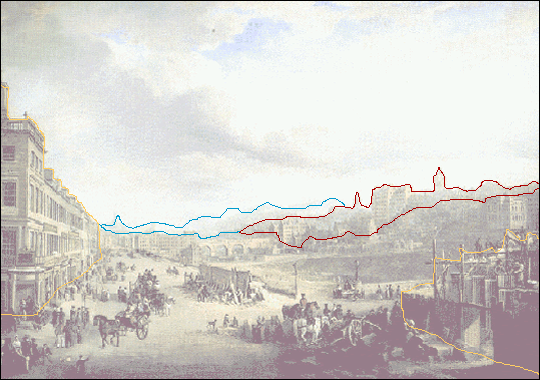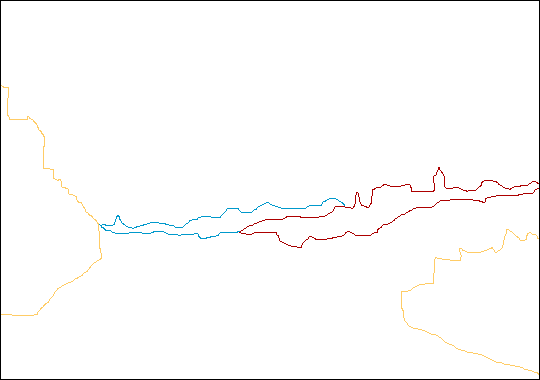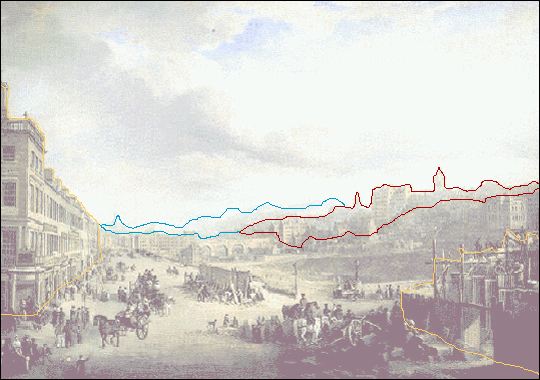Alexander Nasmyth

by Alexander Nasmyth, 1825 (National Galleries of Scotland)

by Alexander Nasmyth, 1825 (National Galleries of Scotland)
background => volcanic rocks ; middle distance => Old Town ; foreground => New Town

by Alexander Nasmyth, 1825 (National Galleries of Scotland)
background => volcanic rocks ; middle distance => Old Town ; foreground => New Town

by Alexander Nasmyth, 1825 (National Galleries of Scotland)
background => volcanic rocks ; middle distance => Old Town ; foreground => New Town
The painter Alexander Nasmyth (1758-1840) was descended from a line of Edinburgh master builders; his father put up some of the first houses in St Andrews Square.
Alexander Nasmyth believed that drawing and observation were linked; his son James wrote in his autobiography (p.57 ff).’My father was an enthusiast in praise of this Graphic Language ...It educates the eye and hand and enables (the artist) to cultivate the faculty of definite observation.’
Nasmyth retained an interest in engineering, in architectural design, and the relating of buildings to their natural settings. His son wrote in his Autobiography (p.42): ’My father was greatly interested in the architectural beauty of his native city, and he was professionally consulted by the authorities about the laying out of the streets of the New Town ... It was his regular practice to stroll about where building work was in progress, or new roads were beign laid out, and watch the proceedings with keen interest.’
Alexander Nasmyth frequently took walks around Edinburgh with scientists such as Dr. Brewster, Sir James Hall, Professor Playfair and Professor Leslie, discussing the current geological theories of the time. James relates that he accompanied them when he left school in 1820: ’The upheaval of the rocks by volcanic heat - as seen in the Castle Hill, the Calton Hill, and Arthur’s Seat - formed in a great measure the foundation of the picturesque beauty of the city. Those were the days of the Huttonian controversy as to the origin of the changes on the surface of the earth.’ He explains that the timespan of the geological changes was seen in contrast with the duration of human history: ’The observant eye, opened by the light of science, can see unmistakable evidences of a condition of things which were in action at periods so remote as, in comparison, to shrink up the oldest of human records into events of yesterday.’
The painting of The Royal Institution under Construction (1825) is arranged according to these layers of time:
- the background is formed by the volcanic rocks
- the middle distance to the right is the Old Town
- the foreground is the New Town, where a monument is erected to the arts and sciences (the Royal Society, which had published Hutton’s Theory of the Earth, was to occupy one of the buildings).
(notes by Lindsay Errington in the National Gallery of Scotland)
Nasmyth painted other views of Edinburgh.
This is an example of the significant use of the three distances.
These buildings were also depicted by their architect William Playfair.

